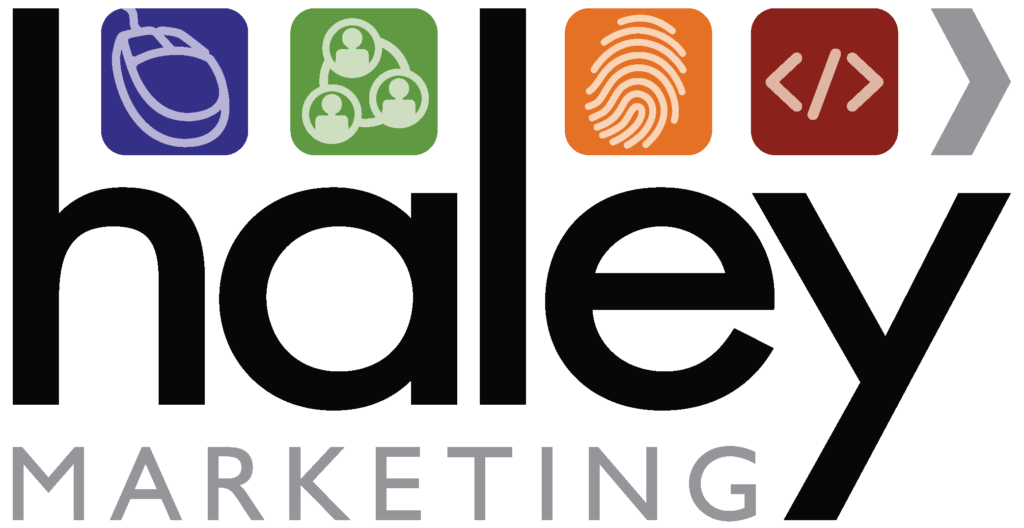Have questions about job advertising?
We have the answers you need. In this quick Snack Time video, Director of Recruitment Marketing Matt Lozar provides answers to staffing firms’ top job advertising questions:
Q1: Which job board should I be advertising on?
It sounds like a simple question, but with all the different options you have:
- Indeed and ZipRecruiter, the two big ones right now
- Career Builder and Monster, two of the traditional older job boards
- Facebook and Google for Jobs, which are rapidly gaining adoption in the job advertising space
- New ones like Nexxt, Upward, Talroo and Talent.com
- All the local and regional geographic job boards
- Niche job boards
…how do you determine what should be part of your budget? The first consideration is where your ideal job candidates are spending time online. Are you recruiting for information technology? Are you recruiting for healthcare, industrial or call center roles? All that needs to be taken into account. Your geography, that will come into play if you’re advertising in Seattle versus Miami or Boston or Phoenix. Then think about the application format, as well as the cost metrics (we’ll dig into those a little bit later in this post) to determine which job boards you should be advertising on.
Q2: What are the differences between pay-per-click and job slots?
Job slots are the traditional format: the digital version of “classified ads.”
You’re paying for the presence of your job postings, and you’re paying the same amount of money regardless of the results. Your cost is going to be the same if you receive one application or 10,000 applications; you’re paying for 10 spots 20 spots on those job boards, where you manually swap jobs in and out each month.
The pay-per-click model is paying for performance; you pay for what you get.
Think of it like when you’re at the grocery store. If you’re on Amazon where you’re shopping and you pay for the items in your cart, that’s what you’re getting. You’re paying for what you actually receive.
A quick look at strengths and weaknesses on the job slot side: You have pre-determined cost. You know what it’s going to cost you every month for those slots. There is potential for a lot of applications at a low cost, so you could get a really good return on investment. On the other side, you’re paying for the performance. For example, maybe you have 20 job slots, and all of a sudden you have a really low number of applications that month – and your cost your per application skyrockets. There’s low automation potential, a lot of manual swapping in and out of jobs for job slots, and your contract flexibility is eliminated. You’re stuck in a 12-month contract.
On the pay-per-click side, one strength is that you pay for the performance. You’re only paying for those applications you receive whether it’s 10, 100, or 1,000, so your budget can stay really flexible. If you have a rush of job orders in December and a decline in job orders in February, PPC lets you adjust your budget really quickly. There’s a lot of automation benefits to how jobs get posted to the job boards, to how your budget can get allocated. Some weaknesses of PPC? There is no set budget. What I mean by that is that it can be hard for some companies to budget if they don’t know if they want to spend $5,000 in one month or $2,000 in one month. You know you can control that budget, but you don’t have an easy way to have a long-term budget in your plan, and there’s a lot of posting and praying. You’re praying people find your jobs, and that people click on them and apply for your jobs. There’s no guarantee of results.
Q3: Do I need a year-long job board contract?
Absolutely not. If there’s one thing to take away from this, keep control of the budget on your side. Don’t let the job boards dictate your budget, your terms, your long-term flexibility; make sure that flexibility stays on your side.
Q4: How do I know if my job advertising is working?
This is where in the first question I talked about cost metrics and I want to answer that with another question: What are your job advertising goals?
For a lot of staffing companies, the primary goal is to get as many applications as possible, so we really want to focus on reducing and lowering that cost per application as much as possible in your market.
To drive efficiency in your job advertising budget (and ultimately achieve your goals), you have to know your conversion rate. Conversion rate is the percentage of time someone clicks on a job and then actually applies for it. We want that to be high because we don’t want to be wasting money on wasted clicks, when someone clicks on your job and doesn’t apply for it.
Another metric that can help you determine if your job advertising is working is cost per quality application. How many quality candidates are going into your database from your job advertising? Because in staffing, you could get 20 applications for call center and you only have one opening today; you may have another opening next week or in a couple of weeks. You can keep that pipeline open, because you have quality candidates. And we know speed wins, so often in staffing and recruiting.
The last metric to assess the effectiveness of your job advertising is cost per placement: What’s the bottom-line return on your investment? For every dollar you put into your job board spend, including those sponsored jobs, how much tangible ROI dollars and cents are you getting back from your clients, from your placements?
Bonus question: How can your staffing agency get more ROI out of your recruitment budget?
Here are three areas to focus on:
- Automation. Eliminate manual posting to multiple job boards. So often we hear clients are posting to multiple job boards at once, swapping jobs in and out from job boards. It’s a pain, it’s a lot of time, it’s wasted time for your team. Give them more time to talk to the people who want to work for you, by making data-driven decisions. Create a system to where, if you know that jobs are performing better on job board A than job board B, use software to shift money around as quickly as possible.
- Source tracking. Do you have a system in place to know which job boards are the best sources for your applicants? Do you know where they’re coming from in your ATS, in your candidate database, or another tracking system? Do you know where the highest quality candidates are coming from? How do you make those future decisions based on the data that’s unique to your company? If you know that job board C is bringing in a lot of applications, a lot of quality applications, shift money there quickly to take advantage of it.
- Contact Haley Marketing. We have the technology, we work with programmatic job ad software to take time and work off of your team’s plate. We can show you a better way to get fantastic results from your job advertising. Schedule a free consultation with a recruitment marketing expert today!













